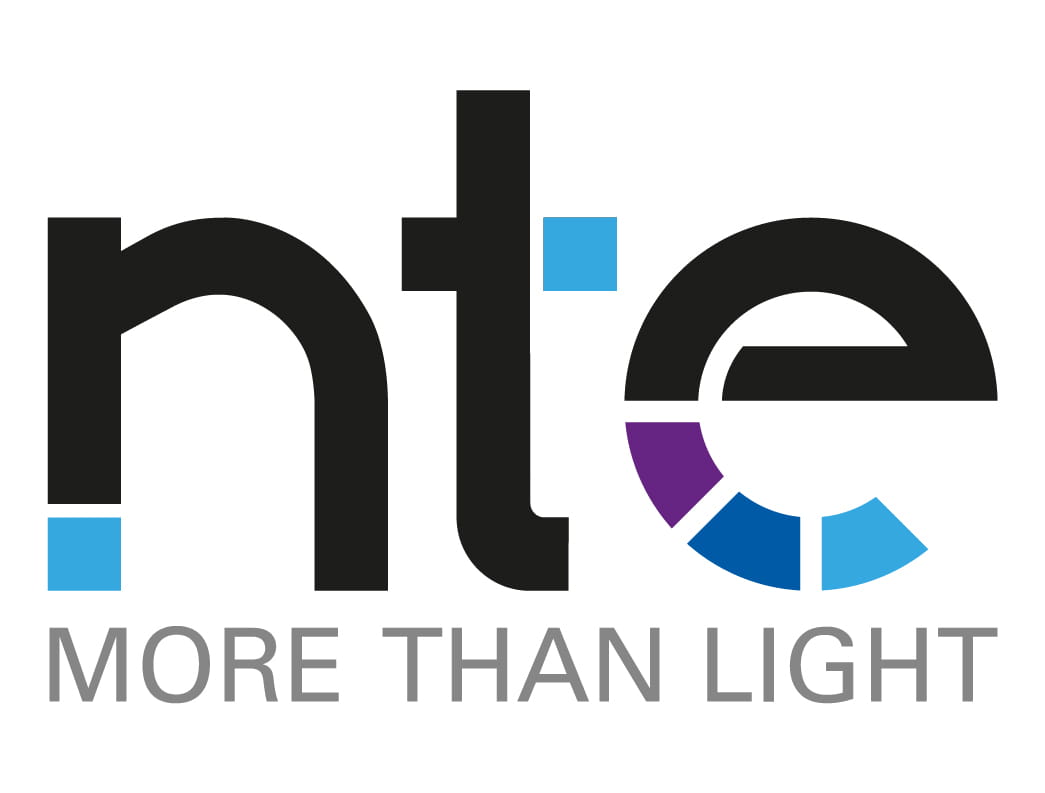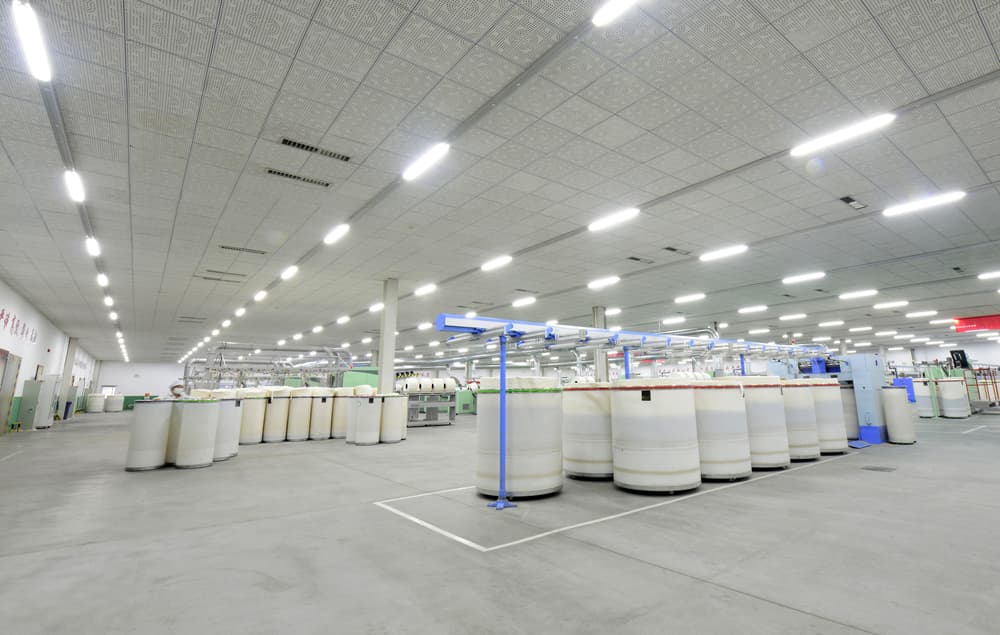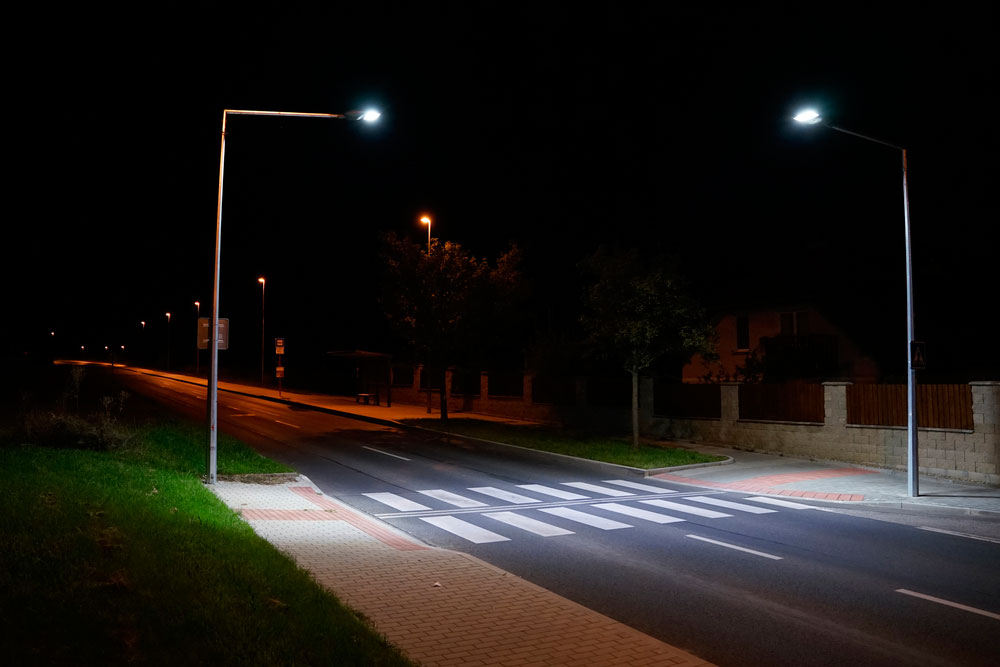One of the most important things in hospitals is hygiene. All of the surfaces have to be more than clean so that there is no possibility for bacteria or germs to grow. But this isn’t always as easy as it seems. Because with “normal” tools like vacuum cleaners, swabs or brooms it’s impossible to handle this kind of contamination.
These adversed species can only be fought with modern methods just like ultraviolet light. Among the different ranges of the UV light it has become clear that the UV-C light is the most effective cone.
Tabla de contenidos
ToggleUltraviolet light for disinfection
Even though it might surprise that the ultraviolet light is extremely efficient for disinfecting and sterilizing there is a simple explanation to it:
The UV light consists of a kind of electromagnetic radiation which again is stronger than the radiation of the visible light although not as strong as x-rays.
Depending on the wavelength there are three types of UV light:
UV-A
UV-B
UV-C
Knowing this, it’s also necessary to know about the capacity of some molecules of the DNA of the microorganisms to absorb some wavelengths while being more sensitive to others.
In a study, conducted by the Carlos III Health Institute, it was proven that the radiation emitted by UV-C light is able to destroy the DNA and RNA of those minuscule organisms.
That is to say if the inactivation of the pathogens on the surface to be eliminated is proportional to the doses of UV-C radiation applied.
Another thing to be aware of is that the doses applied might change depending on the type of pathogen desired to eliminate as well as the environmental conditions such as humidity e.g.
Origin of the ultraviolet light
The discovery of the UV light was owed by the physician Johann Wilhelm Ritter who dealt with it in the beginning of the 19th century.
To be precise, the discovery was made by him noticing the invisible radiation beyond the visible violet spectrum being very effective in chemical reactions with some materials.
This is why the ultraviolet rays were called deoxidizing rays initially.
It was not until the 20th century that the name changed into how we call it today: ultraviolet.
Thanks to later studies it is known now that some substances react within the presence of fluorescence.
Like mentioned before, depending on the wavelength there are specific characteristics and different denominations:
UV-A rays: these rays are nearest to the visible light spectrum and commonly known for their use in beauty treatments or within the field of dermatology. Also known as black light.
UV-B rays: they’re emanating from the sun and being diluted by the ozone while entering the atmosphere; therefor its reach is minimal. UV-B rays cause melanomas and other types of skin cancer. Nowadays, it’s rather out of use.
UV-C rays: these rays with the purpose of disinfection and sanitizing destroy the DNA and RNA in such an effective way that they are ideal for getting rid of all the unwanted microorganisms, germs and bacteria. They are generated artificially, meaning that they don’t have to enter the stratosphere. They can be used on solid surfaces as well as in water or in the air.
Yet, it is recommendable to clear out any area in which the use of UV-C rays is being considered, e.g. in ventilation systems, just for protection.
UV-C luminaires
Here at NTE we offer different types of UV-C luminaires which perfectly adapt to the hospitals needs of constantly fighting germs.
Our professionals will be happy to counsel you regarding its different characteristics and application possibilities. Our client’s satisfaction is the most important to us.










